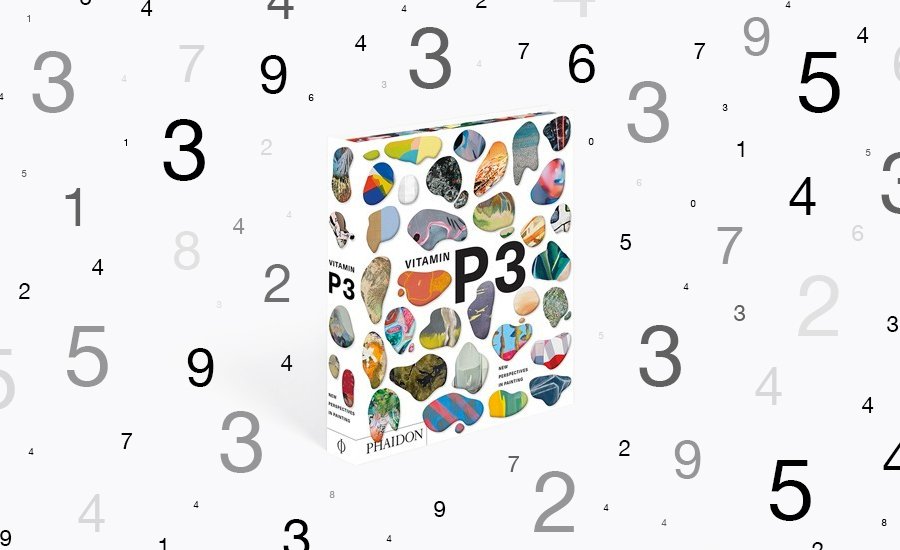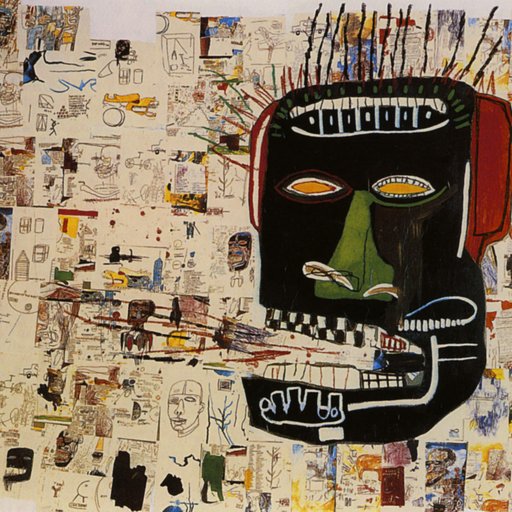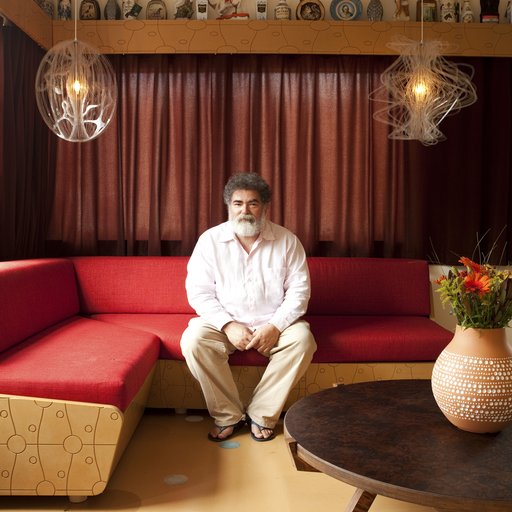There’s a lot to digest in Phaidon’s latest blockbuster compendium Vitamin P3 , which profiles 108 of the most important, innovative, and under-appreciated living painters from some 41 countries around the world. With a wide range of ages, approaches, styles, and motifs, it’s a lot to take in. To help make sense of this information overload, we’ve crunched some numbers to give a more statistical look at something that is (or ought to be) highly subjective—understanding the best painters on earth.
First, some background. The painters in Vitamin P3 were nominated by 84 experts, whose ranks include museum directors, curators, art historians, gallerists, critics, and fellow artists working in 20 countries worldwide. The artist profiles found in the book were written by 35 international art writers (some of whom also served as nominators).
Here’s the breakdown of the featured painters’ origins, by continent:
North America : 36 (including 30 from the U.S., 3 from Canada, 2 from the Dominican Republic, and 1 from Mexico)
Europe : 35 (including 6 from Germany and 10 from the U.K.)
Africa : 6 (including 2 from South Africa)
Australia : 2
South America : 8 (including 4 from Brazil)
Asia
:
21
(including
7
from China,
4
from India, and
2
from Iraq)
Though they hail from around the world, many of these painters have left their hometowns to seek out art-world hotspots, sometimes very far from their origins.
By far the most popular city is New York, which hosts 30 of the artists in the book (with eight living in Brooklyn and one , Jack Whitten , residing in Queens). London and Los Angeles are tied for second, with 10 artists each; Berlin and Beijing are similarly tied for third, with four P3 painters apiece.
The painters break down evenly along gender lines, with 54 men and 54 women.
As noted in Barry Schwabsky’s introduction to the book,
Vitamin P3
features a greater age range than the previous editions, with
18
painters being born before 1960. In contrast,
75
were born between 1970 and 1989, accounting for nearly
70 percent
of the profiles in the book.
Here’s the breakdown by decade born:
1
in the 1920s (
Etel Adnan
, the oldest artist featured at
91
years old)
5 in the 1930s
7 in the 1940s
5 in the 1950s
14 in the 1960s
39 in the 1970s
36 in the 1980s
1
in the 1990s (
Torey Thornton
, the youngest at only
26
)
1983
proved to be the most successful year for producing painters, with
eight
P3
artists being born that year.
1972
and
1978
tied for second, with
seven
P3
painters each.
Stylistically, there’s a fairly even breakdown between abstract and figurative painters, with 52 and 56 entries respectively. Note that in our post-everything art ecosystem these are not hard-and-fast categories, and many (if not most) of the painters employ strategies from both.
In terms of content, these painters are all over the board, ranging from more classical subjects like
landscapes
and
portraiture
to “pure” abstraction without any clear real-world referent.
Here’s the breakdown by motif (note that these groups are not mutually exclusive):
Six painters work extensively with landscape, and five focus on urban settings and cityscapes .
41 of the painters (about 38 percent of the entries in P3 ) work with the human figure extensively, including 11 portraitists.
Nine of the painters employ numbers in their works, while seven create patterned compositions.
45 painters fall into the “pure abstraction” category mentioned above. Interestingly, eight painters have what could be called a post-canvas approach to their work, making pieces that decidedly would not work installed above your sofa.
Finally, and perhaps most intriguingly, eight of the painters feature animals prominently in their work. It’s cute, sure, but don’t forget that pictures of animals are some of the very earliest paintings we know about, rendered in ochre on cave walls. Perhaps the “new perspectives in painting” referenced in Vitamin P3 ’s subtitle aren’t so novel after all.
MORE FROM VITAMIN P3 :
To see the list of all 108 of the painters featured in
Vitamin P3
, click
here
.
To read up on why the
Vitamin P
series is so important to the world of contemporary painting, click
here
.
To purchase
Vitamin P3
and learn more about the figures behind these numbers, click
here
.



























